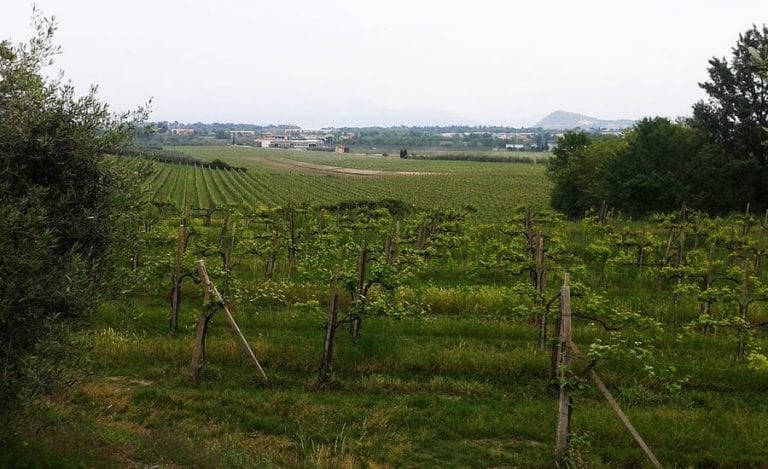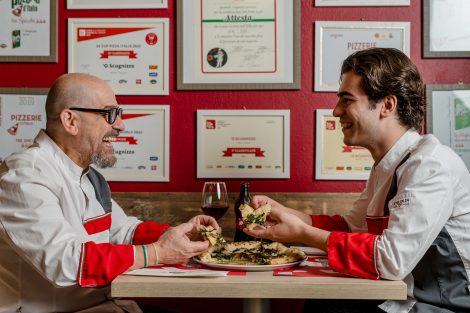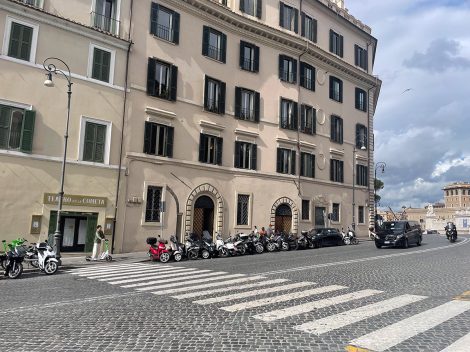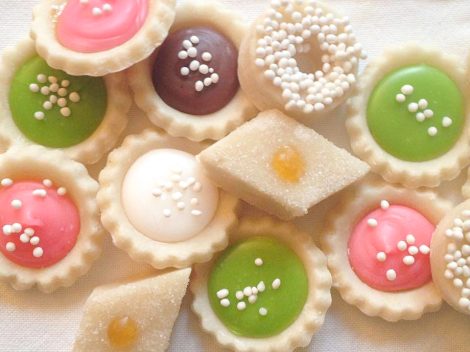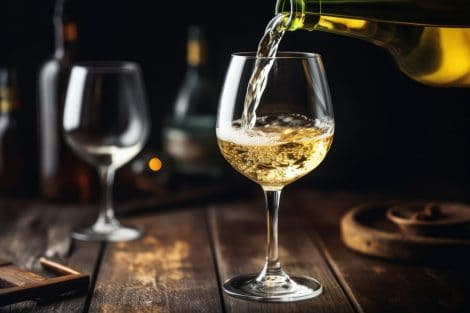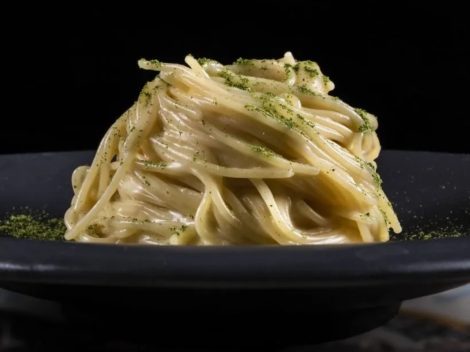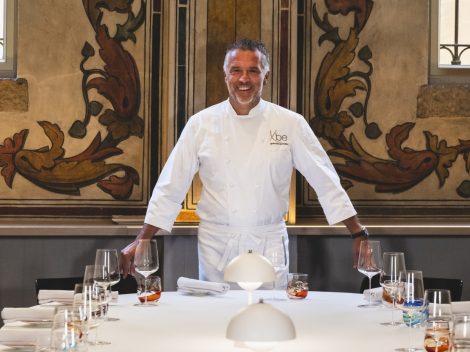The wine
The rules that govern Lugana production allow for the presence of a maximum of 10% complementary, non-aromatic, white grape varieties. Today, however, the zone’s producers tend to vinify Lugana exclusively with turbiana grapes, a sign of respect for a variety that has proved itself in this terroir. Turbiana, if interpreted with moderate yields and handled by a sensitive grower, can become a fragrant and savory white, proving itself to be a noble, ancient variety, producing whites rich in subtlety and personality.
The types
Current production regulations describe five types of Lugana: a basic version, Superiore, Riserva, Vendemmia Tardiva and Spumante.
Basic (base) Lugana is the productive motor of the entire denomination, its fundamental building block, the qualitative marker of the zone. It accounts for almost 90% of the DOC. The color is a light straw-yellow with greenish highlights. Aromas are delicate and offer floral sensations mixed with notes of almonds. The palate is pleasant, stylized, well-defined, taut and flavorful.
Introduced in late 1998, Lugana Superiore must undergo a period of aging of at least a year from the harvest. It generally presents a varied and complex profile. The color has golden highlights. Fragrances, more articulated than in the base version, offer notes of grass, chlorophyll, ripe apple, citrus fruit (especially mandarin oranges) along with notes of hazelnuts or spices from time spent in wooden barrels (today these are always less new but toasted, and have larger capacity than formerly). The palate, more structured, is sustained by lively, tonic acidity and marked by a mineral-based sapidity that confers intriguing saline notes to the wine.
Lugana Riserva, introduced into the production rules with the latest modification of 2011, is the natural evolution of the Superior type. The wine must age for at least 24 months, of which 6 are in the bottle. It displays a more brilliant color, more evolved and complex aromas with smoky notes of flint and balsamic tones. Minerality is warmer on the palate, but similarly mouth-filling, savory and long-lasting.
The longevity of these dry, still versions varies from type to type, but also from style to style. Today, production is more oriented towards vinification in steel and on lees (a prolonged stay of the wine on its own yeasts to increase body and flavor) and often involves mixed aging methods (partly in steel and partly in wood) for the more important selections, both Superiore or Riserva. As a result, Lugana is turning out to be longer lived than in the past.
The newest type is Vendemmia Tardiva, or Late Harvest. This is a different Lugana, more experimental, and distant from the sweet viscosity of traditional dried-grape wines. This Lugana is obtained with over-ripening on the vine by means of a late harvesting of the grapes at the end of October and the beginning of November. No further rack drying occurs. These richer and more concentrated grapes confer a late harvest profile on Lugana which is softer and denser, without being excessively sweet. The sugar residual is efficaciously balanced by acidity.
The Spumante version, which was introduced in the production regulations in 1975, represents a well-established tradition, despite its minimal production impact. Today, Lugana Spumante is produced both by Charmat or Martinotti methods (re-fermentation in autoclaves) and by metodo classico(bottle refermentation). In the first case, the sensory profile is simpler and fresher, with primary fragrances of citrus fruit (citron, primarily) and a creamier, more generous perlage. With the second method, the profile is more refined and complex, the bouquet more elegant and dynamic, the perlage more graceful and crisp.

